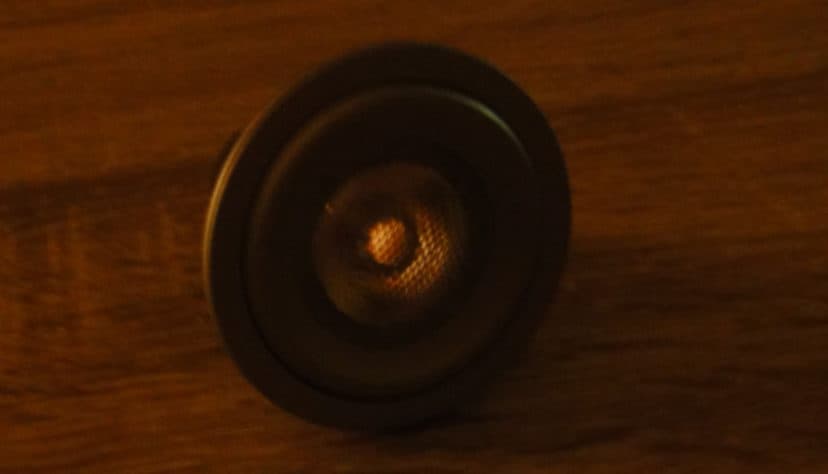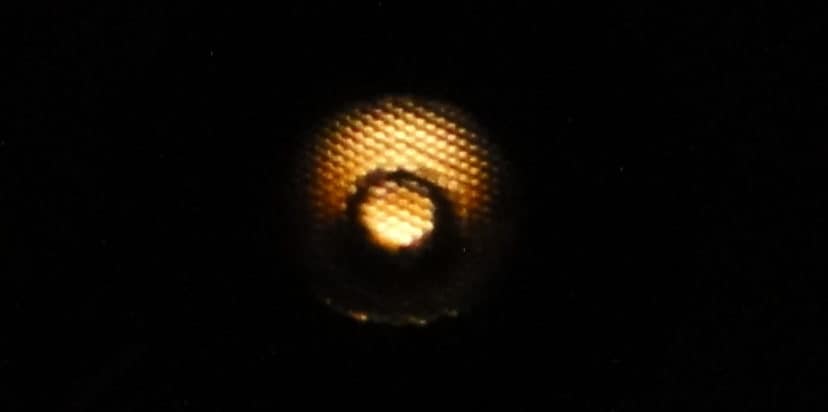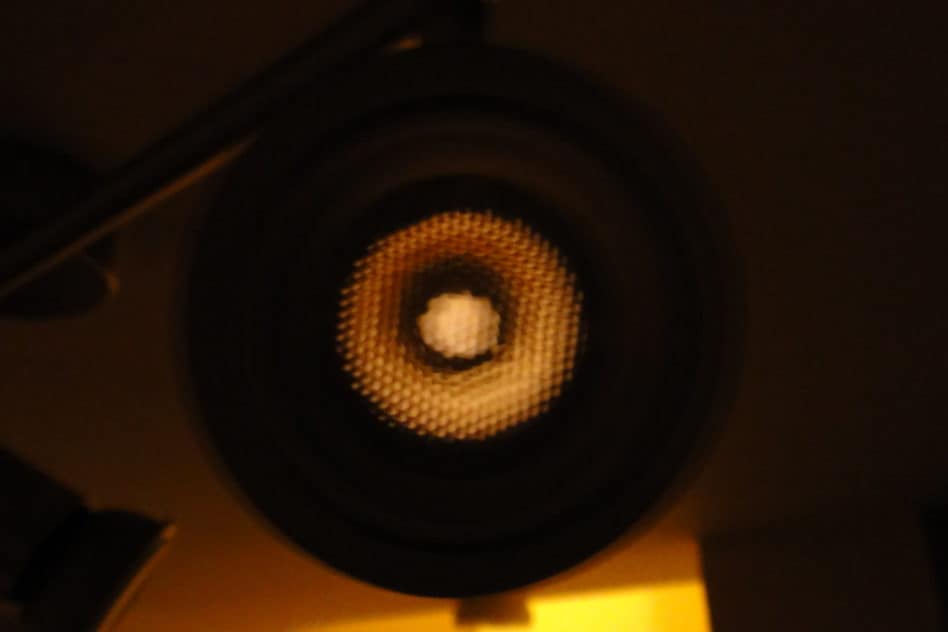In some cases LED lights still glow even if they are switched off. This seems to be very funny in the first moment but it also could be very annoying. There are several technical reasons for glowing LED lamps. In this article you will learn the details about glowing lights and you will find the exact steps to identify the issue and how it could be resolved.
LED lights glow when switched off
After switching to LEDs or when replacing a faulty LED lamp in some cases the LED continues to glow weakly after turning the light switch off. Observing this effect the first time could be very surprising 🙂 The light switch is in the off position and the LED lamp continues to glow. In most of these cases the LED just lights up very weakly but also this could be annoying if the luminaire is mounted in your bedroom for example.
There may be the following reasons for this effect:
- in the phosphor layer
- in the LED driver
- Electronic dimmer
- Light switch with night light
- Switched neutral conductor
- Parallel cable routing
LED light stores energy
The first two reasons can be found in the LED light itself. You can easily check this by removing the illuminant from the socket immediately after turning off the light switch. If the bulb continues to glow weakly after removal, it is due to the luminescent layer or the LED driver. However, if the lamp goes out immediately when it is removed from the socket, the cause must be found in the electrical installation.
Glowing of luminescent layer
To produce white light usually blue light emitting diodes are used with an additional luminescent layer (phosphor layer). Depending on the semiconductor material used, the luminescent layer can store a certain amount of energy in the form of visible light for a certain period of time. According to its wattage this leads to the afterglow effect from a few seconds to several minutes.
Afterglow of LED driver
LED bulbs and luminaires are equipped with an electronic circuit called LED driver. This generates the operating current required for the LED (light emitting diode). The driver contains various components including capacitors and inductors. These components can serve as a storage for electrical energy.
Depending on the design of the driver circuit, these components may still be active when the input voltage is switched off by pressing the light switch. As a result the LED continues to light until the energy stores are discharged. This can also take from a few seconds to several minutes.

Caused by the electrical installation
If you have found out with the test mentioned before that the afterglow is not caused by the lamp itself, the electrical installation is to blame. In this case the LED continues to glow permanently when the light switch is turned off. This may be due to the type of light switch or dimmer or an incorrectly connected switch. Even an unfavorable cable routing can be responsible for the glow.
The afterglow issue is usually only visible after converting from old light bulbs to LEDs. Any leakage currents and induced voltages were simply short-circuited by the filaments of the old lamps. However these are sufficient to make an LED light glow weakly.
Electronic dimmer
In addition to the conventional dimmers with a rotary knob or push button, there are also electronic dimmers. These where controlled via push buttons or even by touch. Many of these electronic dimmers from the age of old incandescent and halogen lamps don’t meet the specifications for LED lights.
These dimmers need a minimum load for correct function which is not achieved by the economical design of LED lamps. If the load falls below the minimum load, the dimmer cannot switch off its output voltage completely even in the off position. As a result the LED continues to glow weakly.
- Check the minimum load of the old dimmer and compare with the LED lights used
- If the minimum load is not reached, only the replacement with an LED dimmer will help
- Check out this Lutron dimmer
Light switch with night light
Some light switches have an integrated night light. This ensures that the switch can be seen even in complete darkness. In older switches glow lamps are often used for this orientation light. These are often connected in series to the switched load. If this load is an LED ceiling light for example the integrated glow lamp could be responsible for the trouble.
In contrast to incandescent bulbs or halogen lamps an LED lamp has a high resistance due to the integrated power supply unit. The serial connection of the glow lamp closes the circuit even when the switch is turned off. As a consequence a low voltage drop appears to the LED driver so the LED still lights up weakly.
- Disconnecting the glow lamp should prevent the LED afterglow effect
- Replacing the switch with a variant with additional connection for neutral conductor
- A widely used model is this Kasa switch
Switched neutral conductor
A single-pole light switch normally switches the phase (L) in the line to the ceiling lamp. If the electrical wiring is not done professionally, the neutral conductor (N) sometimes is switched instead of the phase.
In this case capacitive and inductive effects can still ensure that a low voltage between the live phase and the switched-off neutral conductor is applied to the LED lamp. This voltage is sufficient for the LED to glow weakly.
- Check neutral conductor and phase for correct connection
- If LED is still glowing, use two-pole light switch like the Leviton 5622-2W
Parallel cable routing
On long corridors and staircases there are often used two-way connections. This allows several switches to be installed at different points to control the lights. The disadvantage of this solution is the parallel cable routing over long distances.
Here the voltage-carrying conductor can induce a voltage in the conductor separated from the switch. This means that there is a low voltage in the ceiling light even when it is switched off, which causes the LED to light up weakly.
- Check the wiring of the two-way circuit
- Install a bypass capacitor in the ceiling light
- In many cases a Lutron LUT-MLC will help

Conclusion
Now you know the reasons why an LED lamp can still glow weakly even after it has been switched off. If the issue is caused by the illuminant itself it is not a general problem. But if the weak light is disturbing you (for example in the bedroom) the only solution is to replace the LED lamp with a different type.
If the glowing is due to the electrical installation, this can also shorten the lifespan of the LED lamp. However, faults in the electrical installation should always be corrected by a specialist.






